Although, not all drills available out there are the same because they offer different functions. While some of them are ideal for smaller projects, some are ideal for heavy duty usage, and others might even be ideal for portable usage. Because of this, it can be quite confusing while picking the right type of drill for your desired usage and requirements. Hence, we are here with some of the best types of drills that you can consider getting for your toolkit or workshop. With all the following type of drills, you will also find their details and differences to easily pick the right one:
Types of Drills
Those of you who are in the market to get a new drill are surely going to find a wide range of options available out there. While these different types of drills surely vary in terms of their ideal applications, they even differ in terms of their function and power requirements. This is due to the reason that you can find both hand drills as well as power drills out there. You can choose either of the following based on your needs and budget:
Hand Drills
In case that you are on a tight budget or simply want a drill that is portable and can be used anywhere without needing a power source, then going with a hand drill can be a great option. Although, a few hand drills might also be powered ones and simply fall under this category due to their compact and handheld form factor and design. You can primarily find the following types of hand drills while buying one for your toolkit:
1. Straight Air Drill
If you require a drill for using in highly tight spaces, then going with a straight air drill can be a great idea. Thanks to its completely straight and cylindrical design, it can fit in most spaces with ease. Although, unlike most other hand drills, this one relies on compressed air as its power source which is something to keep in mind.
2. Reversible Drill
A reversible drill is considered as one of the most versatile options out there since it supports reverse motion drilling which can be quite useful for removing screws if needed. Talking about the power source, a reversible drill can be of any power type depending on the model that you get. While a reversible drill is certainly quite versatile, it is a bit limited in terms of its accuracy when compared with a standard drill.
3. Hand Drill
Hand drills are one of the oldest designs available out there and quite a handy option that you can consider where you do not want to use a full size powered drill. As per the name, this type of drill is powered by hand motion via a rotating handle on the side and a drill bit at the front.
4. Breast Drill
While a breast drill is more or less a hand drill in terms of its functioning, its design does vary a bit. As per the name, a breast drill essentially has a chest plate at the end for extra support and pressure while drilling. With this, you can drill into comparatively harder surfaces when compared to a hand drill.
5. Brace Drill
Those of you who want a hand powered drill that is ideal for working on wood can go with a brace. It has a side extended handle that offers great precision over speed and pressure while drilling into wood. Because of this, you can expect great accuracy and precision from your brace drill.
6. Push Drill
As you can most likely guess by the name, a push drill relies on pushing the drill bit into a given surface. Usually, push drills are used for woodworking where you have to work in a tight space and cannot use any other full sized drill. Although, the performance offered by a push drill is going to be much more limited.
7. D-Handle Drill
D-Handle drill is another type of handheld drill that relies on external power which is generally electricity via a power cord. Talking about the design of this drill, it has a D-shaped handle at the back. Thanks to this handle, you can easily work for an extended period of time without any fatigue. You can also expect high performance out of these making them ideal for construction sites and other heavy duty usage.
Power Source Drills
Those of you who want to get a drill that is made for heavy duty usage and is much easier to use can go with a power source drill. While these are certainly more expensive, their price is justified by the performance that they offer to the user. Therefore, make sure to consider the following types of power source drills if you want a high performance unit:
1. Electric Corded Drill
As per the name, a corded electric drill relies on electricity from a wall socket via its included cord. While the cord may tether you down, you certainly get high performance from most electric corded drills thanks to their high performance motors. Although, while these are certainly powerful, you will need to use a power extension cable to properly use an electric corded drill in larger job sites.
2. Battery Cordless Drill
While a battery cordless drill offers essentially the same function as an electric corded drill, it is much more versatile. Because these drills rely on an inbuilt battery, they can be used in any spot without worrying about a cord or a power source making them highly portable. That being said, a battery cordless drill does fall behind in terms of performance since batteries can only offer performance up to an extent.
3. Air Pneumatic Drill
Similar to many other pneumatic tools available out there, an air pneumatic drill also works via compressed air. Thus, you will also need an air compressor along with your air pneumatic drill which can be a bit expensive unless you are already using an air compressor for all your pneumatic tools. Air pneumatic drills can be a great option where you want excellent performance since these can be even more powerful than electric corded drills in some cases.
4. Manual
Just per the name, if you are using a manual drill, then the power source is going to be the manual labour done by your muscles. These generally have either a twisting motion or a push motion that allows you to use a drill bit for drilling holes in any given object or surface. Such drills are primarily used for woodworking where you might want the precision of a compact hand powered tool instead of a highly powerful electric or pneumatic drill.
Conclusion:
Keeping all the various types of drills stated above in your mind, you should be able to fairly easily pick the right one. This is due to the reason that all the different types of drills stated here have all their details, pros and cons, and even differences. Thanks to this, you should be able to fairly pick the right one for your needs and easily drill holes that you need. If you have gone through all these different types of drills, make sure to share your thoughts in the comments section. You can also post any questions down there if you have any! Comment * Name * Email * Website
Δ



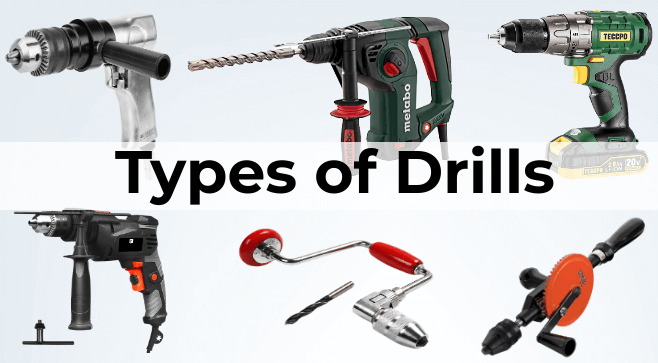
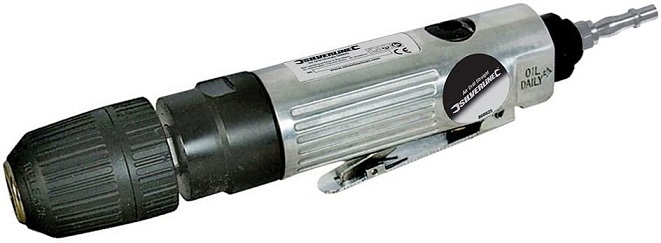
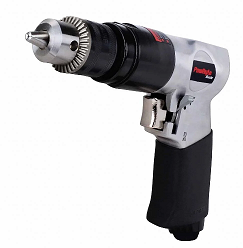

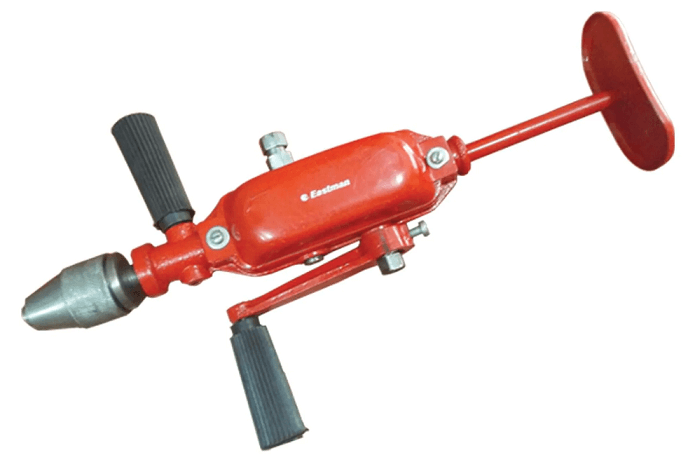


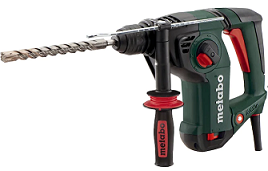
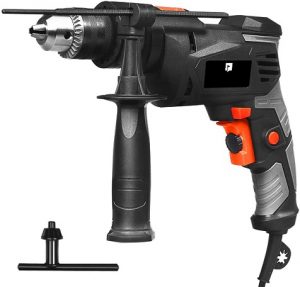
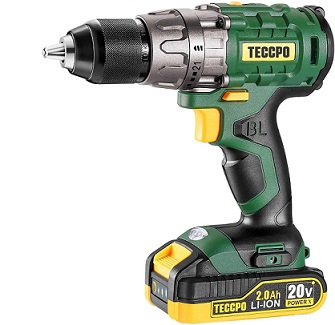

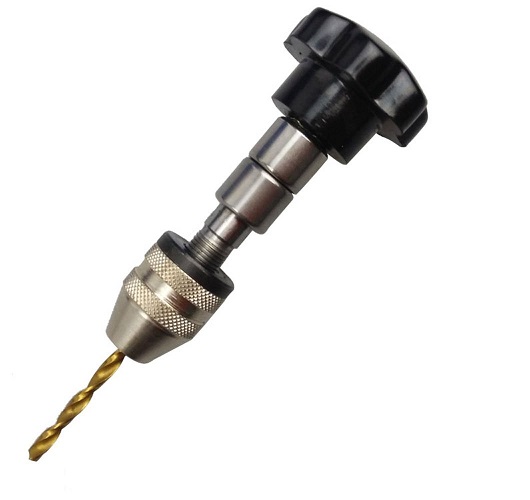


![]()